On New Year’s Day 2022, I baptized my newborn son in the sapphire sea off Varadero beach. It was an attempt to show his very protective Cuban grandmother that 25 degrees is not a deadly temperature for seawater.
It was an exquisite morning, clear and layered with blue and gold. Varadero is usually a quiet place in winter. Tripadvisor users consistently vote it among the best beaches in the world, reaching number two in 2019. For 12 miles, the white sands follow a peninsula that runs through the Straits of Florida, gently lapped by the Gulf Stream , the North Atlantic heating system.
British tourists have been able to fly directly to Varadero since the 1990s, first with Thomas Cook and First Choice, and later with Tui. But Tui’s twice-weekly Dreamliner from Manchester to Varadero will stop flying in April. It will be the last direct flight from Britain to Cuba, despite The Telegraph hailing it as the Caribbean’s largest island just over a year ago.
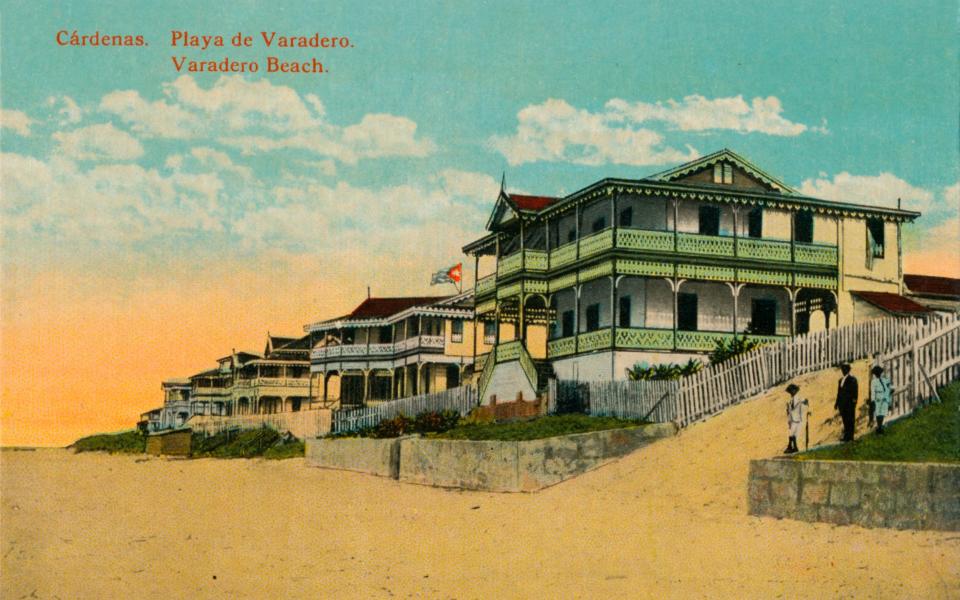

It is striking how loved Varadero is by foreigners living in Havana. Unfortunately, it took me years to visit because, snobbishly, I had decided that it was not “the real Cuba.” Johnny Considine, who runs the exclusive Cuba Private Travel, agrees. “I think anyone who lives in Cuba begins to appreciate it,” he says. “The city is brilliant.”
‘It is still a Cuban community’
The city of Varadero is located at the land end of the peninsula, near the Kawama channel that separates the peninsula from the rest of Cuba. Its 69 streets stagger three avenues to the north. Low houses, in worn pastel colors, roast in the sun, the interiors are shaded by wooden slates and the terraces are filled with rocking chairs.
Cuba’s famous vintage cars cruise the avenues, the new ones offer sightseeing tours, the belching jalopys ply the bus routes. The horses pull the carts tiredly. The rows of houses are occasionally interrupted by weather-beaten hotels that rise above languor, but it remains very much a Cuban community.
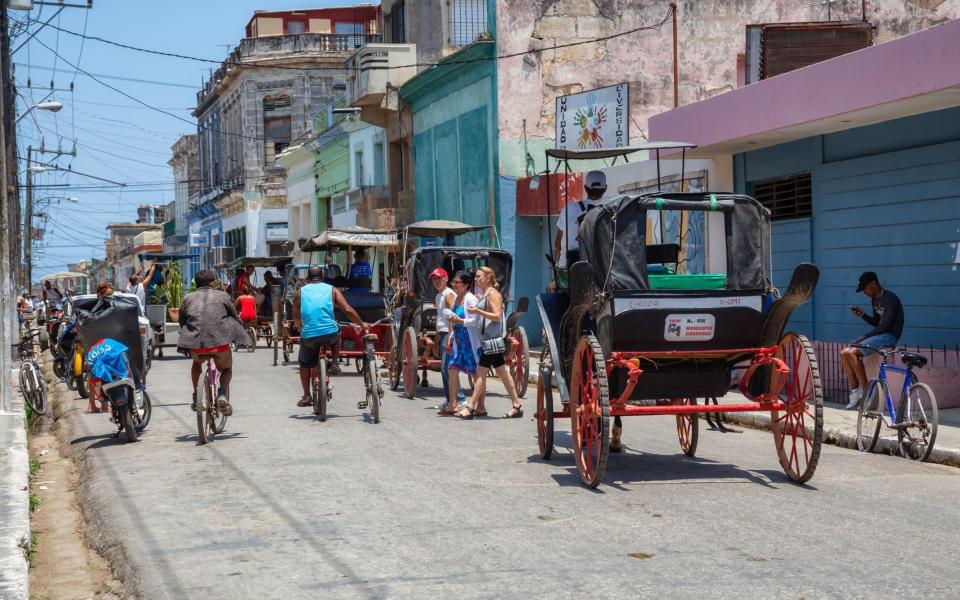

Continue further up the peninsula, along the road that runs along the mangroves on the east side, and large tourist hotels will appear. They were built starting in the 1990s by the regimes of Fidel and then Raúl Castro as projects to raise money after the collapse of a Soviet Union that, until then, had supported Cuba. Spanish and Canadian companies such as Meliá, Iberostar and Blue Diamond entered as operators. For a time Club Med arrived, but withdrew again in 2003. Cuba is not an easy place to do business.
Hidden in the middle of what is a fairly denuded area is some stunning nature. There is a huge cave, full of stalactites and wackos, where visitors can dive. There are keys that require a catamaran trip. On the south coast are the Zapata swamps, home to miniature hummingbirds. And, of course, there’s fabulously sultry Havana, 90 miles to the west.
The evolution of a tourist city
The name Varadero means dry dock, which is how the Spanish used it after their arrival in 1492. The original residents remain visible in cave drawings. It became a tourist center in the 1880s, when 10 families from the nearby town of Cárdenas built houses in the dunes.
Renée Méndez Capote wrote about the wonder of early times in her Memoirs of a Cuban Girl Who Was Born with the Century.. “It was a silent and deserted world, populated only by tiny beings: small white crabs and iridescent shells… My childhood trapped in baskets of fried and eaten silver sardines, head and all.” It is still possible to buy fish from the fishermen on the beach.
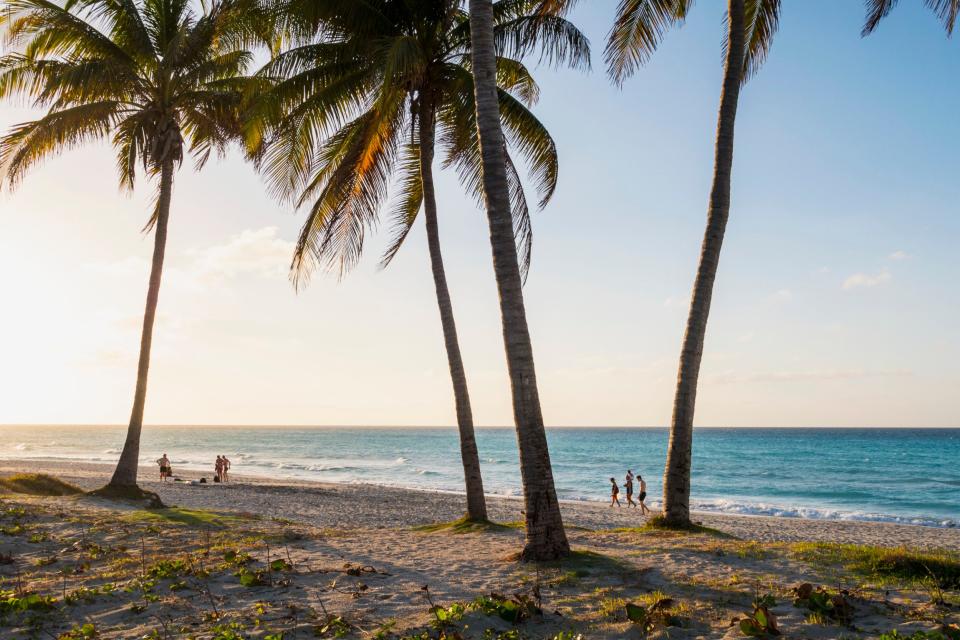

Virgina Morales has one of the most beautiful old houses, Casa Menocal. Located on two adjoining beachfront lots in the village, it has stone slab roofs, wooden interiors, Creole tiles and is surrounded by gardens. It is often believed to have been built by Mario García Menocal, a Cuban president of the early 20th century, but it was actually the project of his cousin, Virgina’s grandfather.
“Varadero was populated very slowly,” he says. “The access routes were by train to Matanzas or Cárdenas and then by road to Varadero. The White Way [the highway along the island’s north coast] Construction began in 1954 and ended in 1960 with the construction of the Bacunayagua bridge, so access to Varadero from Havana was long and tedious.”
This means that the beach lacks the sordid yet glamorous history of Havana, despite attempts to create one. The Al Capone House has a photograph of the mobster on the wall, but little evidence that he ever lived there.
The best building on the peninsula is Xanadu, on a cliff above the beach halfway to the spit. It was the winter home of the French-American industrialist Irénée du Pont, built in 1927, with three floors with a gazebo at the top. Now it is a strange, uncomfortable but brilliant hotel.
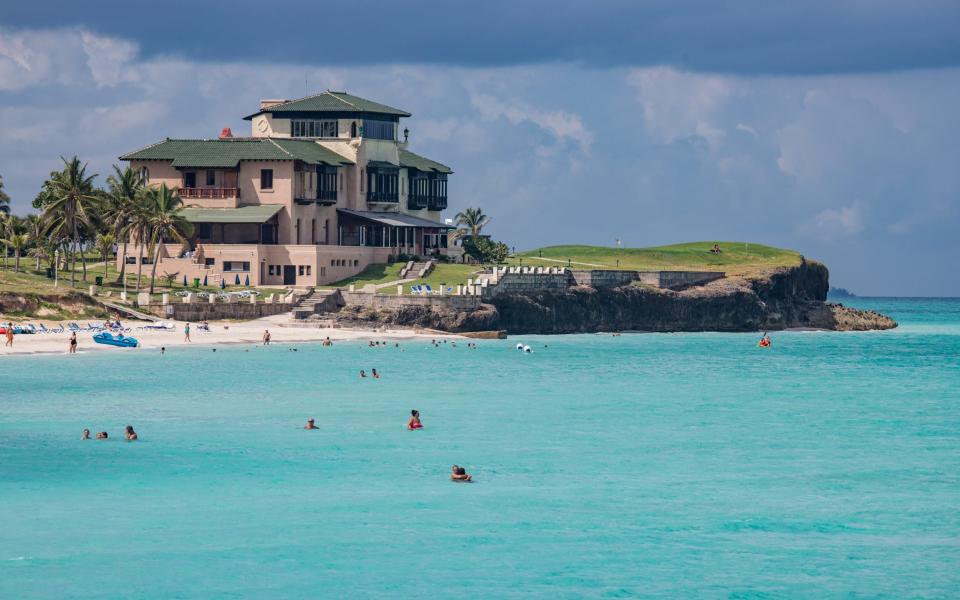

The farm occupied 180 hectares, with five kilometers of beach. These lands are now the Varadero golf course. Thor-Erling Sjøvold, husband of an important diplomat in Havana, has become, unsurprisingly, an expert on the 18th hole.
“It’s easy and fun to play,” he says. “The problem is, as with most things in Cuba, you never know what to expect. “Sometimes it is well maintained, other times the street is a jungle.”
So Varadero was exclusive. A friend, Magda Cruz, is old enough to remember the years before Castro’s revolution of 1959. “I don’t remember any member of my family visiting Varadero,” she says. “It wasn’t for the poor.”
The revolution changed that. Good socialists were offered vacations. The Park of 8,000 Cubicles was created so that people could store their things. The festivals were inaugurated. Then came the Soviet collapse and the eyes of the State saw benefits in seeking tourist packages abroad.
A drop in European trade
Varadero was doing well until the pandemic. In 2017, a record 1.7 million visitors arrived through the resort’s Juan Gualberto Gómez International Airport, the vast majority were Canadians escaping its brutal winters. Someone who has seen the current numbers says that the numbers are still good, at least compared to the 2017 scale.
The best tourist centers – those that can import food without depending on the cash-strapped Cuban government – are operating with good occupancy levels. There are other signs of optimism. A massive new Indonesian-owned hotel, the Grand Aston, is about to open its doors at the entrance to the resort. Sources say the airport will soon receive significant investments from Spain.
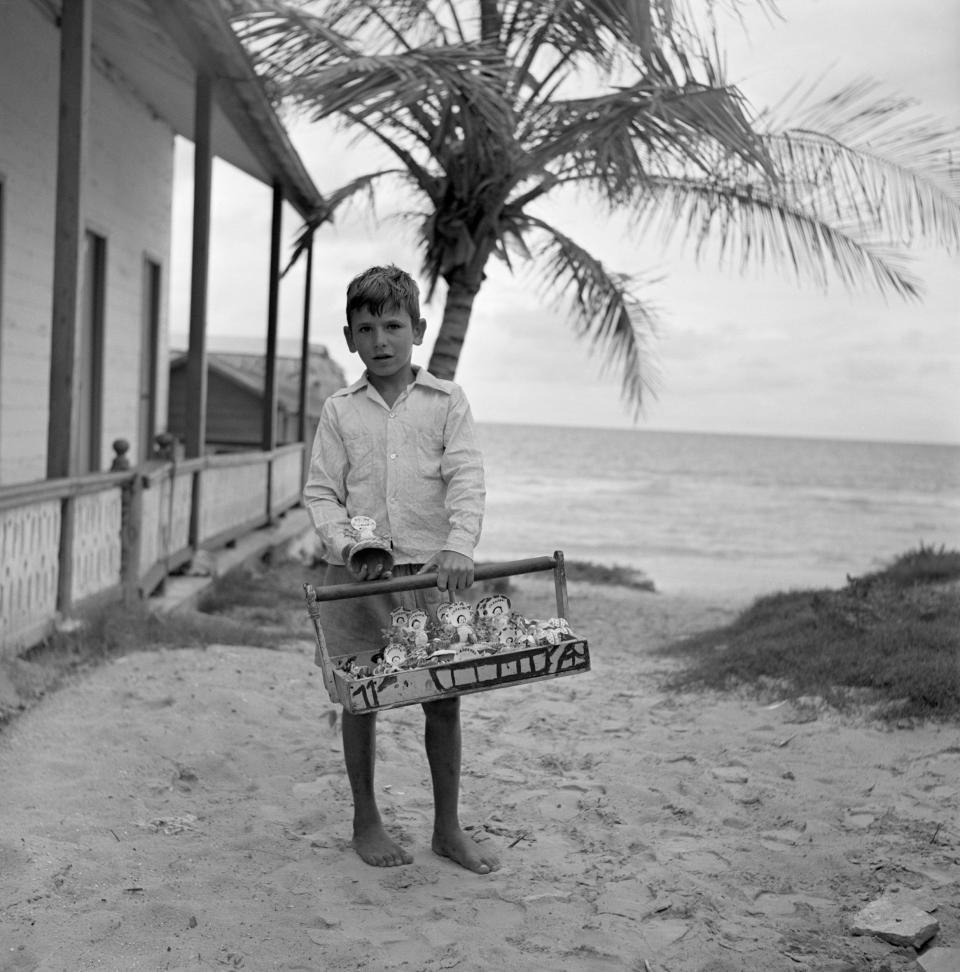

Johnny Considine says many of his wealthy clients still find a lot to love. He sends clients to Mystique Casa Perla, a small new Royalton hotel on the outskirts of town that offers a la carte service rather than all-inclusive and is therefore charming.
Tui refuses to give a reason for discontinuing its flights to Manchester, saying only: “We constantly review our flights and holiday offerings based on demand.” But, Considine says, many European tour operators now refuse to sell Cuba.
This is the result of one of Donald Trump’s last acts as president. He put Cuba on the US list of state sponsors of terrorism. Now no one visiting Cuba can travel to the United States with an ESTA visa waiver, irritating visitors who find out too late. “For operators, Cuba has become a low-volume destination with a high number of complaints,” says a European businessman.
Varadero still lags behind its Caribbean competitors in service and food. The loss of hotel staff due to the large exodus of Cubans fleeing the island’s economic crisis has not contributed to this. “In the 90s it was said that in 20 years Varadero would be like Cancún,” says the businessman. “But that date keeps moving away.”
My father-in-law puts it another way when I ask him how Varadero has changed since he spent his honeymoon there in 1985. He makes a very Cuban joke about the aspic nature of his country.
“How has it changed?” he says. “Nothing has changed.”